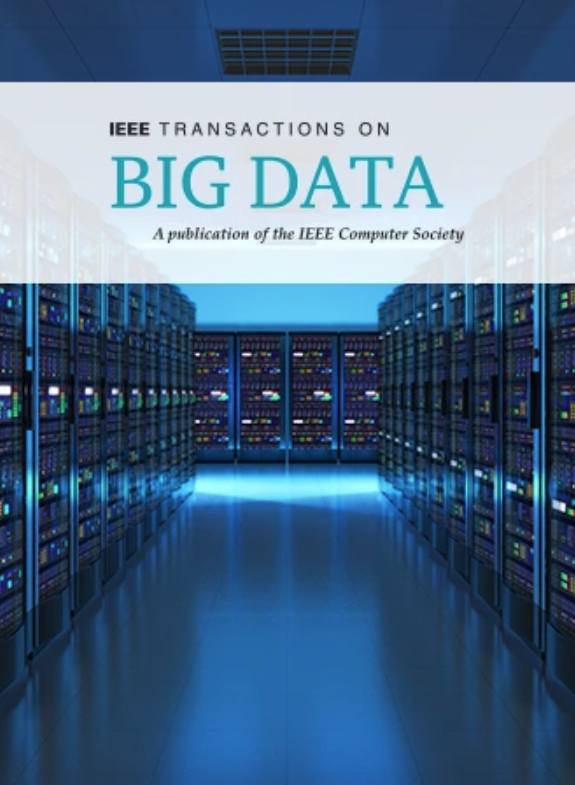Dual Graph Convolutional Networks for Social Network Alignment
IF 7.5
3区 计算机科学
Q1 COMPUTER SCIENCE, INFORMATION SYSTEMS
引用次数: 0
Abstract
Social network alignment aims to discover the potential correspondence between users across different social platforms. Recent advances in graph representation learning have brought a new upsurge to network alignment. Most existing representation-based methods extract local structural information of social networks from users’ neighborhoods, but the global structural information has not been fully exploited. Therefore, this manuscript proposes a dual graph convolutional networks-based method (DualNA) for social network alignment, which combines user representation learning and user alignment in a unified framework. Specifically, we design dual graph convolutional networks as feature extractors to capture the local and global structural information of social networks, and apply a two-part constraint mechanism, including reconstruction loss and contrastive loss, to jointly optimize the graph representation learning process. As a result, the learned user representations can not only preserve the local and global features of original networks, but also be distinguishable and suitable for the downstream task of social network alignment. Extensive experiments on three real-world datasets show that our proposed method outperforms all baselines. The ablation studies further illustrate the rationality and effectiveness of our method.社会网络对齐的对偶图卷积网络
社交网络对齐旨在发现不同社交平台用户之间的潜在对应关系。图表示学习的最新进展为网络对齐带来了新的高潮。现有的基于表示的方法大多是从用户的邻域中提取社会网络的局部结构信息,但没有充分利用全局结构信息。因此,本文提出了一种基于对偶图卷积网络的社交网络对齐方法(DualNA),该方法将用户表示学习和用户对齐结合在一个统一的框架中。具体而言,我们设计了对偶图卷积网络作为特征提取器来捕获社会网络的局部和全局结构信息,并应用重构损失和对比损失两部分约束机制来共同优化图表示学习过程。结果表明,学习到的用户表征不仅保留了原始网络的局部和全局特征,而且具有可区分性,适合于社交网络对齐的下游任务。在三个真实数据集上的大量实验表明,我们提出的方法优于所有基线。烧蚀实验进一步证明了该方法的合理性和有效性。
本文章由计算机程序翻译,如有差异,请以英文原文为准。
求助全文
约1分钟内获得全文
求助全文
来源期刊

IEEE Transactions on Big Data
Multiple-
CiteScore
11.80
自引率
2.80%
发文量
114
期刊介绍:
The IEEE Transactions on Big Data publishes peer-reviewed articles focusing on big data. These articles present innovative research ideas and application results across disciplines, including novel theories, algorithms, and applications. Research areas cover a wide range, such as big data analytics, visualization, curation, management, semantics, infrastructure, standards, performance analysis, intelligence extraction, scientific discovery, security, privacy, and legal issues specific to big data. The journal also prioritizes applications of big data in fields generating massive datasets.
 求助内容:
求助内容: 应助结果提醒方式:
应助结果提醒方式:


